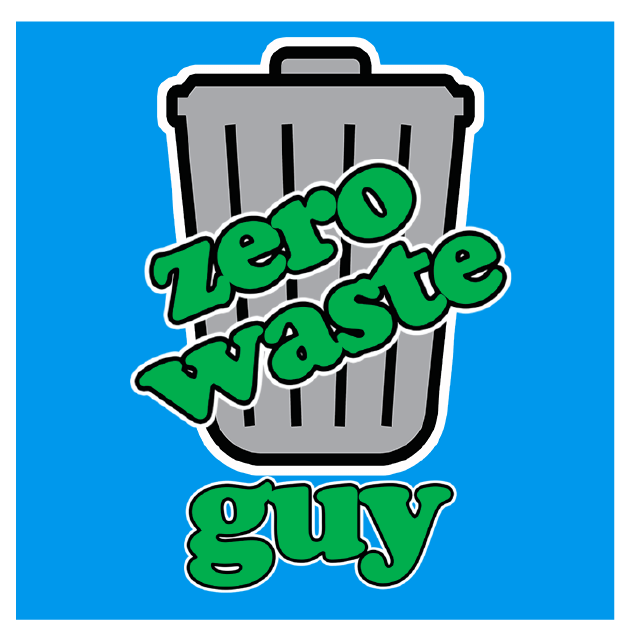Separating our wants from our needs is the first step.
I recently toured the city of Burbank’s Materials Recovery Facility (MRF). MRFs are processing centers that take mixed curbside recycling and use a combination of technology and human labor to identify and separate materials for recycling. Standing in front of a huge pile of material I couldn’t help but notice the lack of newspaper and abundance of cardboard. My guide commented, “No one reads the newspaper, but everyone orders stuff online.”
About a year ago, I posted what now looks like a rather negative take on Amazon’s packaging. As you can see this small single item came in a box with a capacity for 12 or 16 of the product.
With the advent of most products available on-demand it is easy to get wrapped up in the, “I need it now,” mentality. I, like probably many of the people reading this post, have been guilty of ordering several individual items on Amazon that all come packaged and delivered separately. I realize that with Amazon or any other online retailer that even if you place an order for multiple items together, there is still a chance that they won’t be packaged together, but the odds that they will be can increase.
Reduce packaging and save money with this one tip:
Utilize your shopping cart. Let’s be honest, most of the things we buy online don’t require rush delivery. Do we really need it today, tomorrow, or the day after? Probably not. Add items to your cart as you need them, then let them sit there. After a week or two check to see what you’ve added. Maybe even a month is better.Take a look at what’s in your cart. Do you need everything you’ve added? Waiting a few weeks or a month is a great way to help determine whether or not you actually need these items. If you do, then buy them. If not, remove them from your cart.
Adhering to a waiting period…
Saves money: Waiting eliminates impulse-buying, which can be costly. Amazon assumes that most people price check amongst sellers within their site, but not on other sites. This has caused the price of many goods to be more expensive on Amazon than eBay and other marketplaces. Taking a moment to compare prices is good for your pocketbook.
Reduces clutter: If you always buy what you want when you want it, you will find yourself accumulating way more stuff than you need.
Determines actual need: Taking a step back from a purchase is a great way to assess whether or not you actually need to make it. Our wants and desires often dictate our spending habits, not our needs. If the new item is meant to replace something you already have, does the current item still have life? Can it be repaired? If you are replacing it for no other reason than you want the newest model, see if you can hold off a bit longer.
Batching purchases reduces excess packaging. If you order every one at the same time, the items are much more likely to be packaged more efficiently. Many people don’t think about the negative impact cardboard has on the environment because it is recyclable. What many of those same people do not realize is that used cardboard is sold on the commodities market. With today’s culture of online shopping we are faced with a surfeit amount of recyclable cardboard. Recycling is like supply and demand. The more that is available the lower the price. The price of cardboard has been driven so low that it not as easily recycled domestically. Brokers sell their commodity to whomever will purchase it. As much as 50 percent of recycled material generated in Los Angeles is shipped to Asia to be recycled, leaving a rather large environmental footprint in its wake.
When it’s all said and done, if we need something, we’ll buy it. The true challenge is in separating our wants from needs.

Recent Comments